Brutal Partisan Conflict Erupts in 1778
The Spring of 1778 in New York and Pennsylvania saw the opening of one of the most brutal phases of the American Revolution. In a conflict that was more of a civil war than a British versus American fight, mixed bands of Loyalists and Native Americans wreaked havoc on their Patriot adversaries that terrible year.
One of the principal leaders of these marauders was Joseph Brant, a charismatic Mohawk of considerable ability and the brother-in-law of Sir William Johnson, the leader of western New York. Brant, who had been educated at Reverend Eleazar Wheelock’s school for Native Americans, had been sorely disappointed at the failed Saratoga campaign of 1777, and planned to regain the initiative.
With the Continental Army focused on Philadelphia, Brant saw an opportunity to wage a guerilla war on the weakened American outposts in the Mohawk and Upper Susquehanna Valleys. He organized a group of Loyalists and Mohawks known as Brant’s Volunteers and led them from their base at the Native American village of Onaquaga near present day Windsor, New York toward the Patriot settlements.
On May 30, 1778, Brant’s combined force of 350 men ambushed a unit of Continentals near Cobleskill, New York, killing 20 soldiers, including six burned alive in a house they were defending. Brant then proceeded to wreak havoc in the area, burning all houses, farms, and fields before returning to Onaquaga. Prior to Brant’s arrival, Cobleskill was a prosperous farming community on its way to becoming a vibrant small town. By nightfall, the town was gone.
Brant next headed north to the Lake Otsego area and struck the small hamlet of Andrustown on July 18, just as the townspeople were gathering at the village bake oven. It was Sunday and the townsfolks were preparing to bake their bread for the week. Brant’s warriors were relentless in their pursuit and butchery of the inhabitants, murdering and scalping about 15 people. They also took all the livestock and burned every home to the ground. Sadly, Andrustown was never rebuilt.
About a month later, on September 17, Brant and Loyalist Captain William Caldwell led 450 men on a raid against German Flatts, a village on the south side of the Mohawk River. Warned of the approaching army, most residents made it safely behind the walls of nearby Fort Herkimer and only three lives were lost.
However, the combined Loyalist-Mohawk contingent, now unopposed by the militia, proceeded to burn 120 structures, kill livestock, and trample the yet-to-be harvested wheat fields. This wanton destruction left over 1,000 settlers utterly destitute, without food or shelter, and, with the harsh New York winter fast approaching, many abandoned the area.
Alonzo Chappel. “Massacre of Wyoming.” New York Public Library.
While Brant was terrorizing the Mohawk Valley, Colonel John Butler and his Butler’s Rangers, a unit of 400 Loyalists he raised, along with 800 Seneca warriors, made their way into the Wyoming Valley in northeastern Pennsylvania. This fertile area, about a 25-mile stretch along the Susquehanna near present day Scranton, had been relatively untouched during the American Revolution. That all changed with Butler’s attack on July 3, 1778.
The Wyoming Valley, a real hotbed of Patriot sentiment, had two main stockades, one at Forty-Fort and one at Wilkes-Barre, and a few lesser forts along the Susquehanna River. Forewarned of Butler’s arrival, the militia and residents sought refuge behind the walls of the stockade at Forty-Fort.
Butler’s men lured the inexperienced Pennsylvania militia out of the fort and into a trap, and the result was an unmitigated disaster for the Patriots. The Battle of Wyoming, also known as the Wyoming Valley Massacre, resulted in 300 Patriot militia deaths, about two-thirds of the American force facing Butler. With the defenders vanquished, the remaining forts quickly surrendered.
Butler, whose goal was to depopulate the area, forced the civilians in the Valley to flee to places of safety, but many of these sites were 40-50 miles away. Without adequate food or clothing and with no easy path to follow, many women and children got lost and perished from starvation and exposure. It is estimated well over 1,000 fleeing refugees died from this tragic attack in the Wyoming Valley.
Butler, who felt no remorse since he had spared civilian lives in the fighting, boasted that his force had taken 227 militia scalps, burned over 1,000 farms, and drove off 1,000 cattle. Within days, Butler’s band was on its way back to Fort Niagara and safety, but Patriot settlers largely abandoned the Valley for the next couple of years.
Next week, we will discuss the terrible Cherry Valley Massacre. Until then, may your motto be “Ducit Amor Patriae,” love of country leads me.

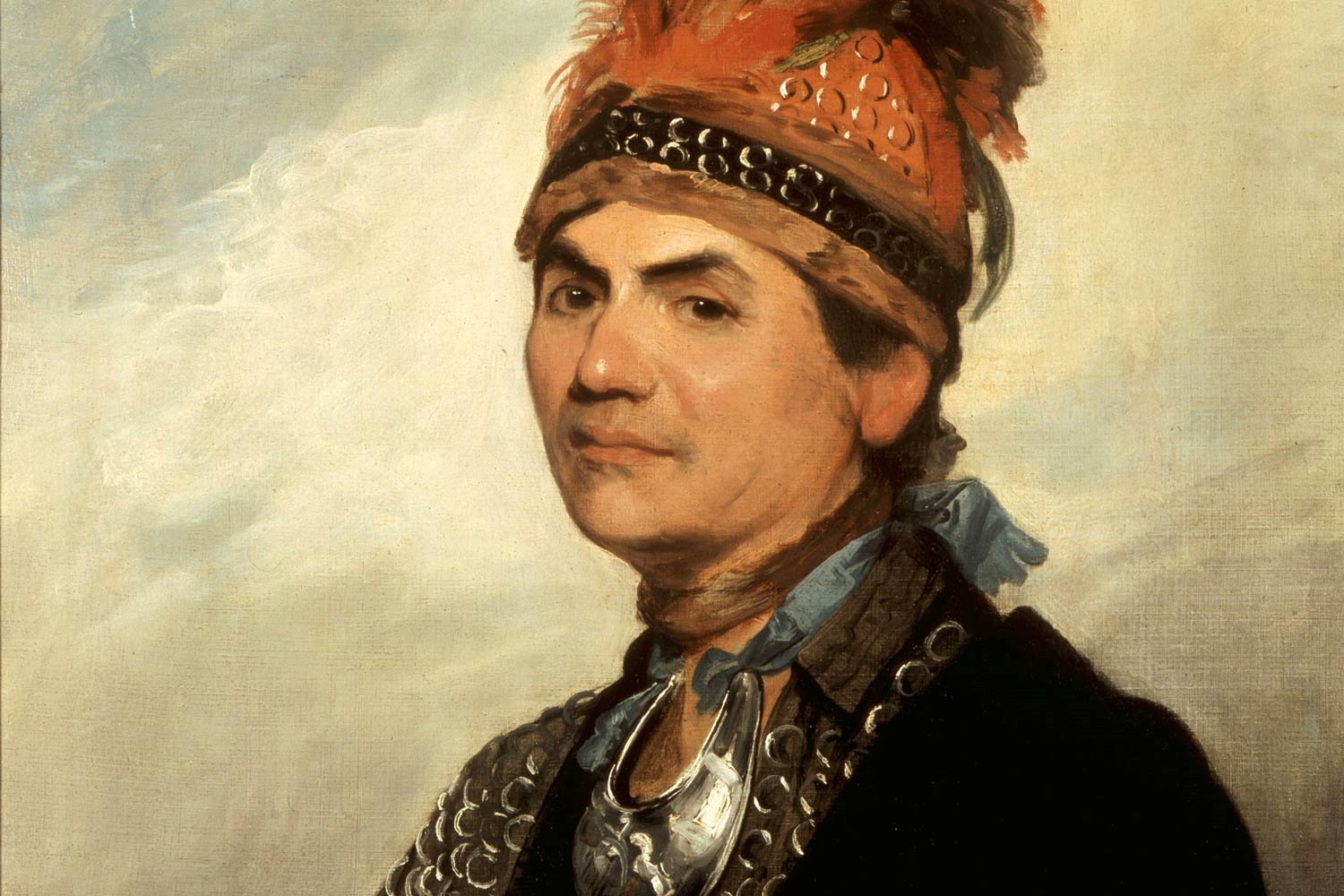





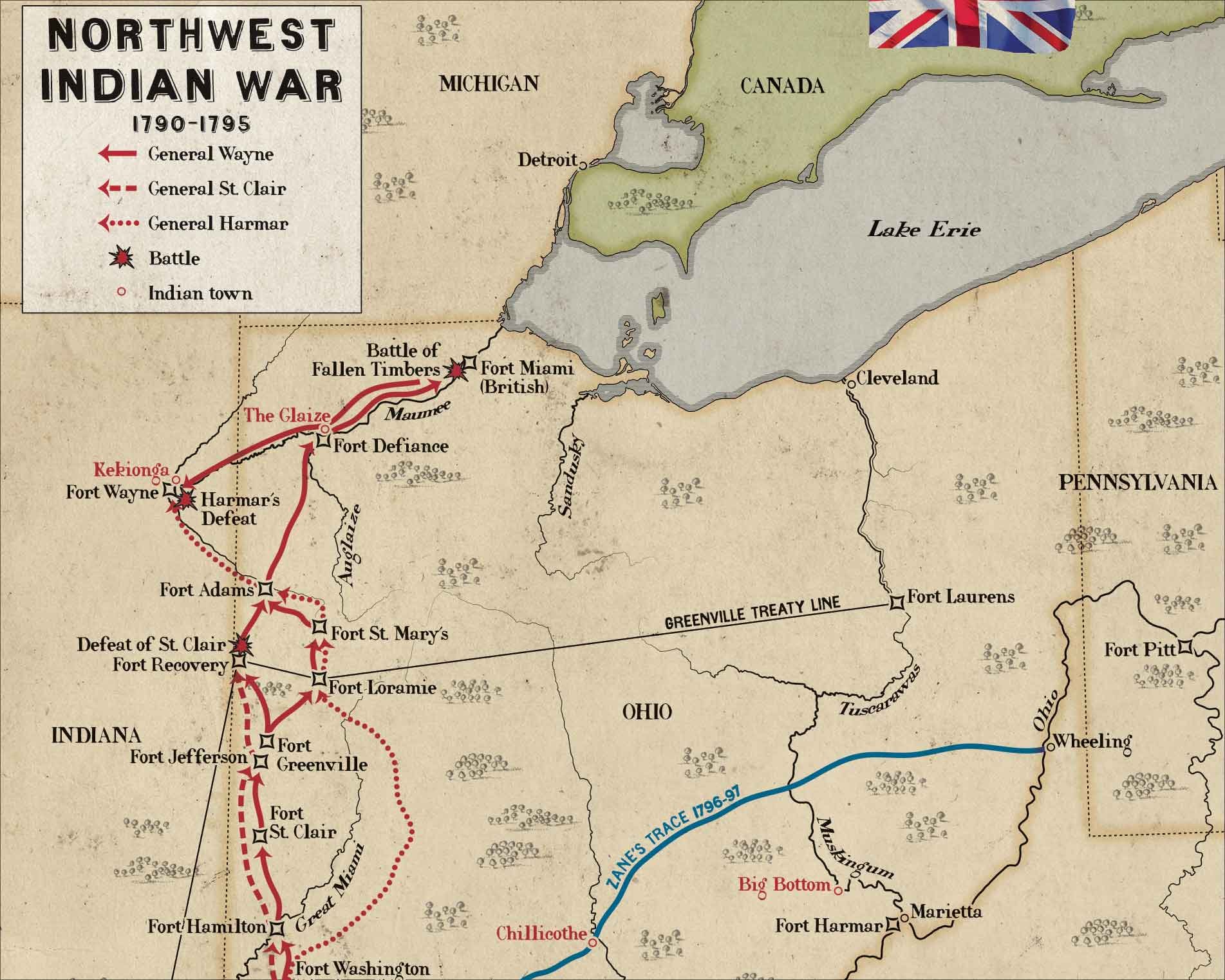
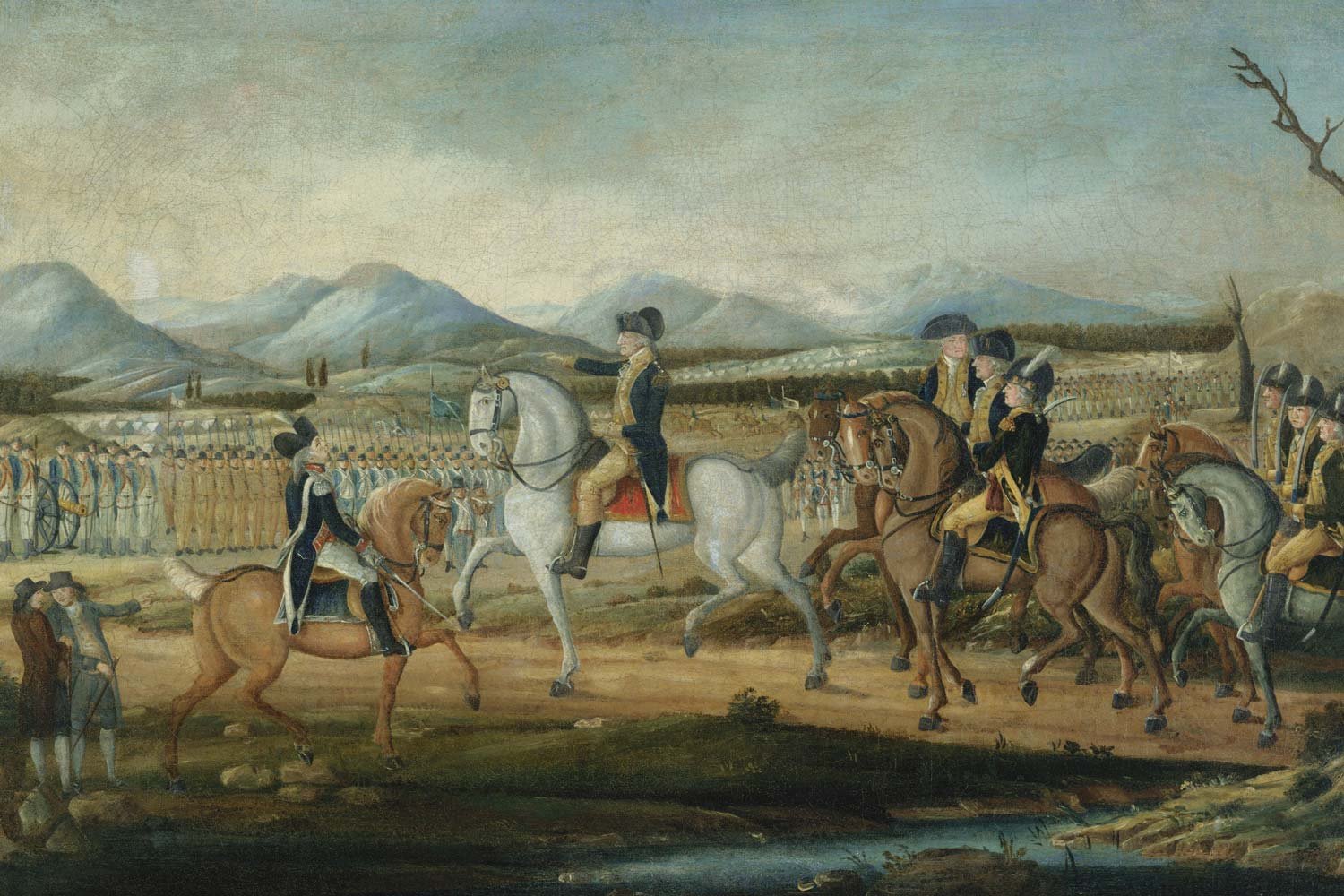
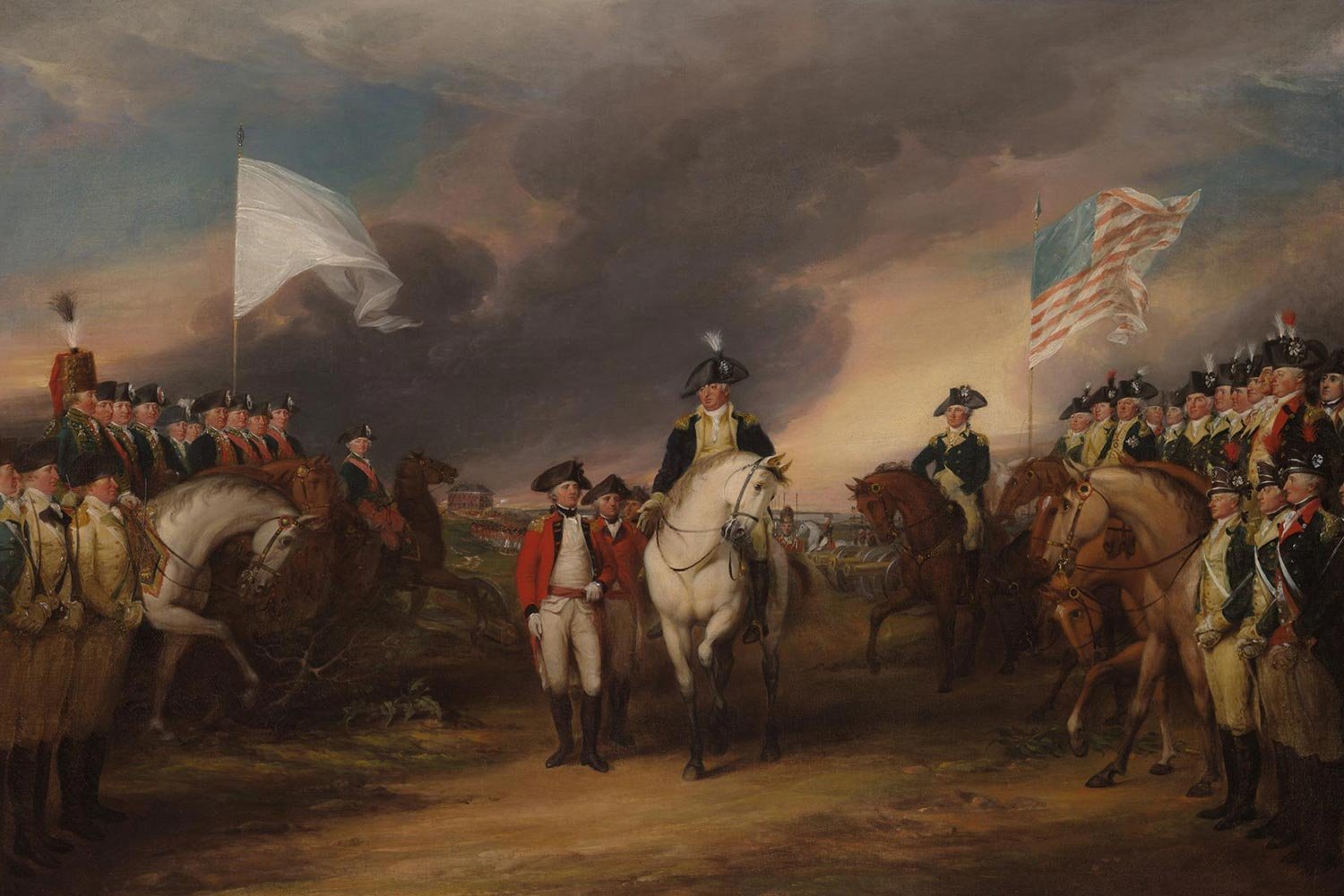
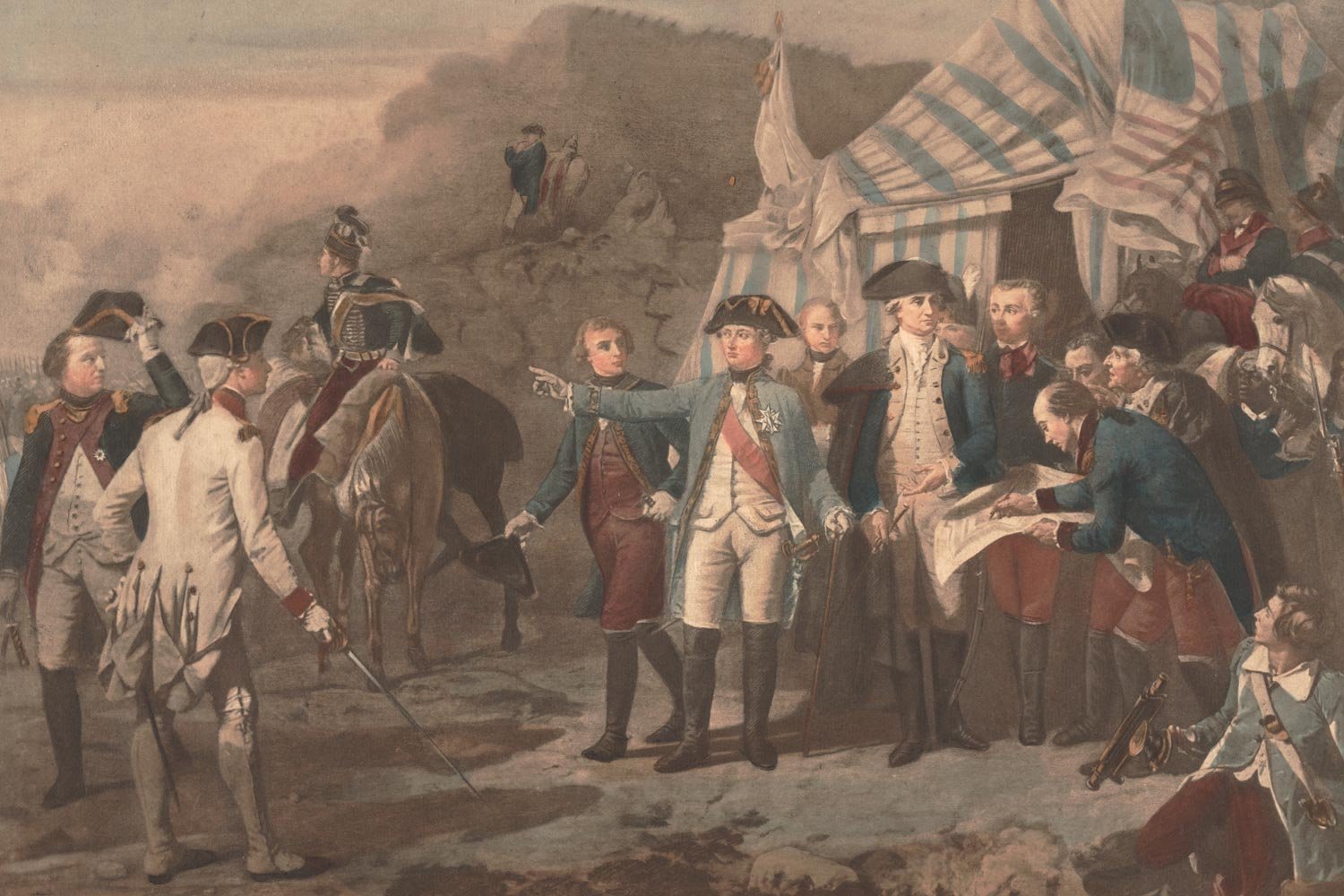
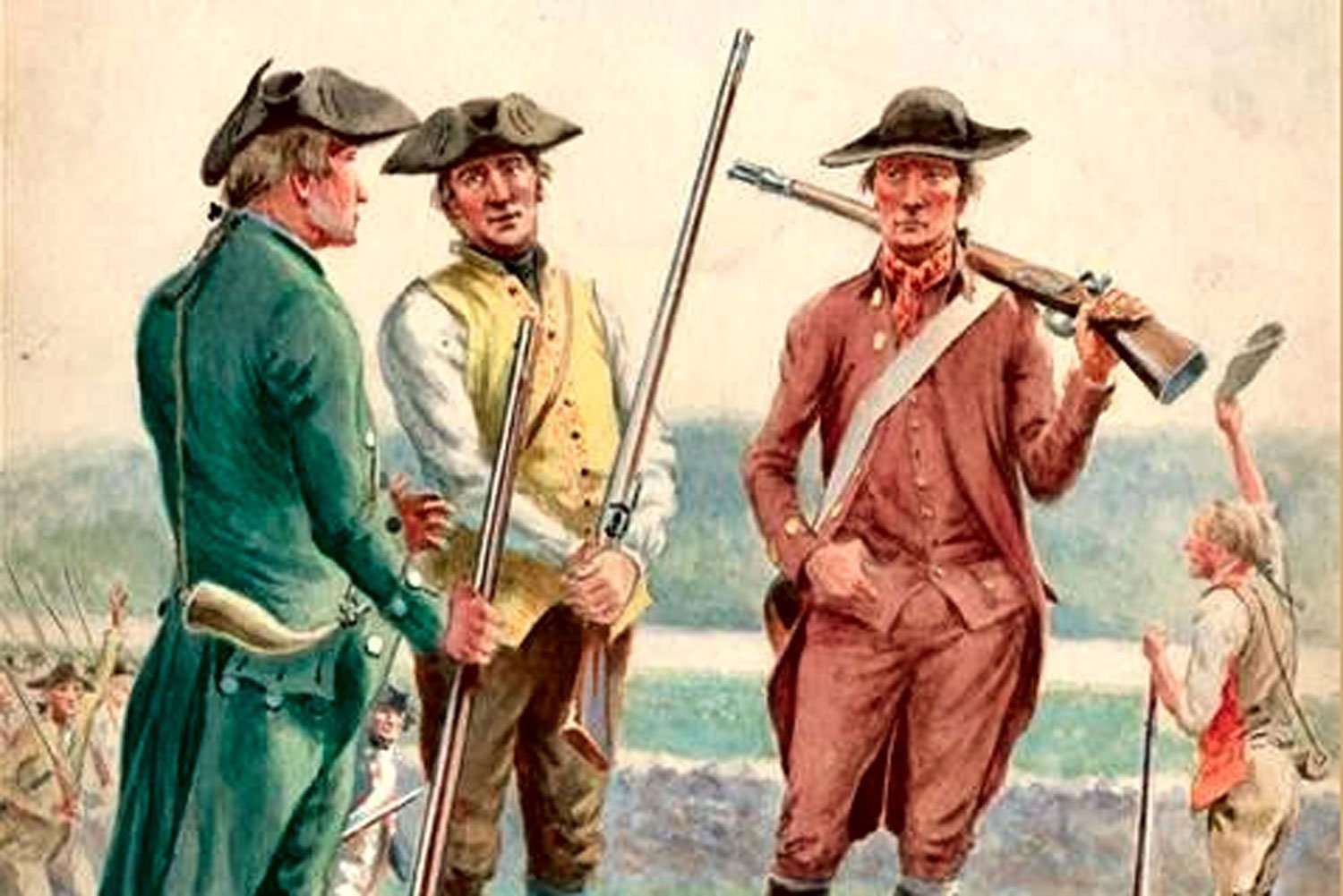
The only fighting in the Quasi-War occurred at sea, and mostly in the Caribbean. But with war at a fever pitch and French interests so close by in Louisiana, there was a very real concern in Congress about a possible French invasion of the United States from the west.